North-East is a sports volcano that is waiting to erupt: Industry experts
The sports industry today is creating various business opportunities, especially for corporate, in domains such as sponsorships, broadcasting, advertising, merchandising, etc. Corporate investment in sports provides tangible returns as well as intangible benefits such as a stronger brand and connect with the audience. Sports leagues like IPL, PKL, etc., are providing successful marketing avenues for brands to increase their reach. Such investments are indeed required to augment the current status of sports in the country.
For India to become a sports dominant industry, several initiatives right from the grassroots level have to be implemented. The Government has launched many schemes and training academies in this regard. To develop the sporting culture and create successful professional stories it is important that the government and private sector collaborate to strengthen the sports ecosystem in India.
KPMG in India, along with CII brought together industry experts in Mumbai yesterday to discuss the key issues facing the business of sports and entertainment in India. The Summit also saw the release of the ‘The Business of Sports’ report.
Speaking at the inaugural session of the Summit, Praful Patel, President, All India Football Federation, shed light on the state of non-cricket sports in India. According to him, “The problem with sports in India is that we have not been able to commercialise it and bring in the revenues. No one believes in the potential of any sport unless there is commercialisation. And commercialisation is based on the number of people watching the game.”
He added that while the Government does invest in various sports, there is not enough money for pre-investment. “To win medals, you need money. Unless the money comes in, the game will not improve,” he stressed.
Speaking about football, Patel noted, “India is very down the ladder in football. Even today there is no dedicated football stadium. Just to inform you, the Indian Super League (ISL) is the third most watched on-ground football league in the world. The number of viewers is increasing, both in stadium as well as on television.”
He further said that hockey has been receiving funds as it requires smaller infrastructure.
Patel also added that cricket has all the money and controversy. According to him, what has worked for cricket is that it has gained visibility and money through the various T-20, One Day International and Test series. “This should also be done for other sports,” he added.
On a positive note, Patel said, “One good thing is that the profiling of sports in the Olympics is changing.”
Corporatisation in Sports
The session on ‘Corporatisation in Sports’ saw speakers like Ashu Jindal (CEO, IMG Reliance), Jaideep Ghosh (Partner and Head - Transport, Leisure and Sports, KPMG in India), Karan Ahluwalia (President & Country Head - Media & Entertainment, Luxury & Sports, Yes Bank), Vinit Karnik (Business Head - Entertainment, Sports & Live Events, Group M), Sam Balsara (Chairman, PMG), and Prof Sanjeev Tripathi (Faculty, Indian Institute of Management, Ahmedabad), take the stage. The session was moderated by well-known cricket commentator and journalist Harsha Bhogle.
Shedding some light on the key trends driving the market, Jaydeep Ghosh pointed that online consumption of sports is on the rise. Moreover, there has been an increase in viewership, sponsorship as well as participation in sports other than cricket. He further said that growth is also seen in rural viewership numbers and female viewers – both online and television.
Commenting on the reach and popularity of non-cricket sports in India, Harsha Bhogle said, “It is a disgrace for our country to be a single-sport nation. More people like to see the back page filled with glory and not the front page consisting of sadness.” According to him, “Time and space are the inherit requirements of sports. Doing grassroots is not sexy, but giving medals is. Nowadays, there is more focus on post-event recognition rather than pre-event investment.”
Ashu Jindal sees a significant growth in non-cricket sport and betted that next generation we will be a multi-sport country. With the growth in economic situation of people they are ready to shelve some amount of their earning on sports and this will increase significantly. Speaking from corporate point of view, Vinit Karnik said, “Corporate are coming ahead and trying to identify the sporting gems through their CSR initiatives. The growth of non-cricket sport is tremendous in smaller towns. Corporates are seeing it not from any investment or long term plan point of view but as opportunities. ROI in cricket is more certain. Corporate funding needs a proper structure or needs to build the sporting culture at the grassroot level and if that is achieved, everything will fall into place.”
According to Sam Balsara, Business of Sports is re-emerging but has not grown as much as many other things in India have. He said, “Anybody who is involved in the business of sports has necessarily thought of profit at the end of the day.” To this Harsha Bhogle agreed by stating that you don’t want to see poverty in sport but profit.
“We have to have and create a supply-chain phenomenon,” commented Karan Ahluwalia when asked about provision of industry status to sports. Coming from a small town, as Sanjeev Tripathi puts himself, stressed upon the point that democratisation of sports other than cricket is happening. “In Ahmedabad, there is no hullaballoo on cricket, but football. There are 20 such academics who are supporting the sport and promoting it.” Is government doing the job right? “Sports need love and government is not in the business of love,” quips Harsha.
“Quality of storytelling also plays an important role in creating a hero and Creation of heroes rival the power of federation,” Harsha said. To this Sam added, “To promote or popularise any sport, heroes and winners are needed. One needs to win and also the Power of Media plays a significant role.”
“Brands sponsoring the sport need to spend at least 2 times more for leveraging that and creating noise or buzz around it,” said Prof Tripathi, explaining the Rule of Thumb. To this Sam Balsara commented that return of investment in conventional advertising is coming down. And also according to him, Vivo is doing little to complify or augment the sponsorship (IPL).
All the panelists were of the view that sports network has to be survived on local needs. Home-grown sports will bring home-grown heroes and the creation of leagues will create the future. Given the likes of Mary Kom, Dipa Karmakar and many others, Harsha Bhogle stated that the North-East is a sports volcano that is waiting to erupt.


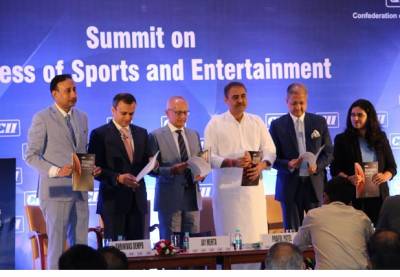
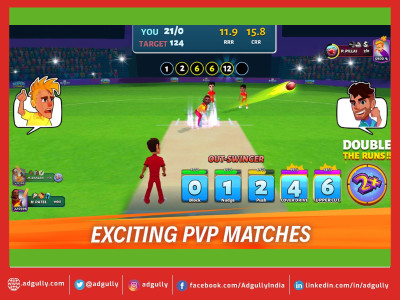
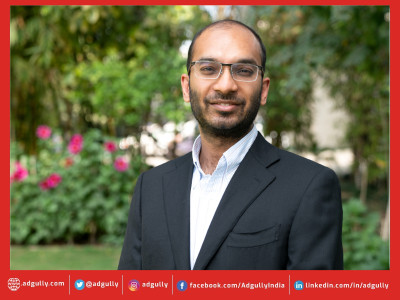

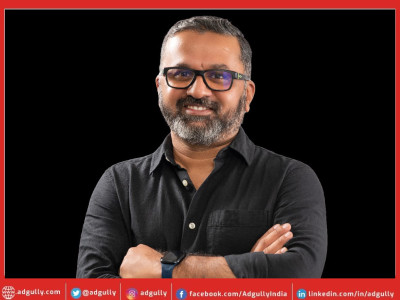
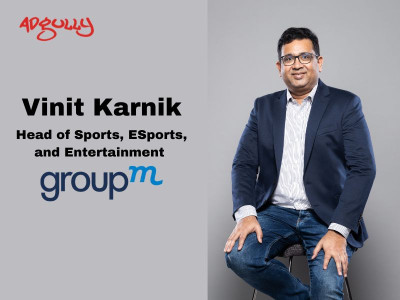
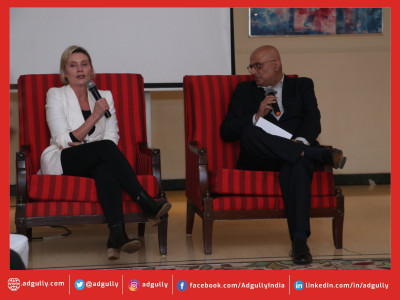



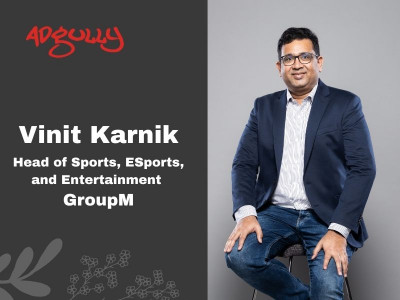
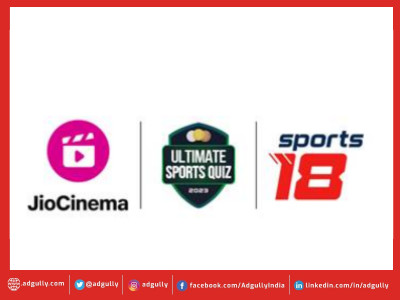



Share
Facebook
YouTube
Tweet
Twitter
LinkedIn